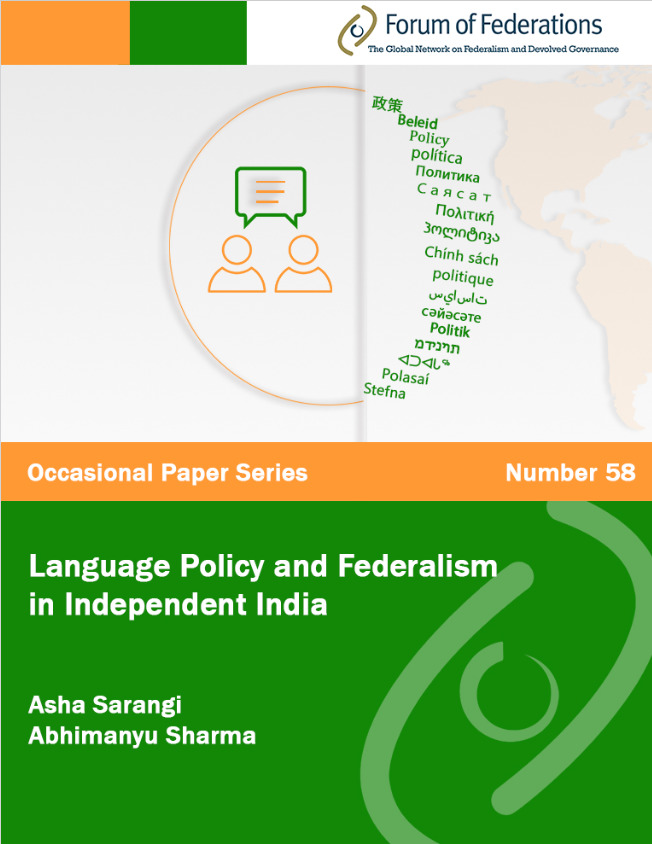Bibliothèque

Language:
EnglishTopic:
Language PolicyCollection:
La politique linguistique dans les pays fédéraux et décentralisés, Série d'articles occasionnelsCountries:
IndiaAuthors:
Publication Year:
2022
Language is a highly significant marker of individual and collective identities. It often provides an impulse for national or community affirmation and claims to self-government. Provisions to recognize and accommodate linguistic differences can be particularly salient in federations, many of which have highly diverse populations. Indeed, in quite a few cases linguistic diversity was one of the key reasons why federalism was central to a country’s founding framework or the result of its constitutional evolution.
The federal structure of independent India rests on division of powers and resources between the union (central) and state governments as well as numerous institutional and procedural norms, policies, and programs. In this paper, we explore language policy in India from the viewpoint of federalism. According to Sonntag (2019: 70), linguistic federalism has been “a significant component of India’s postcolonial language regime.”
Two factors can explain this: the country’s considerable linguistic diversity and an important constitutional provision (art. 345) that allows India’s 28 states and eight union territories to adopt their own official language(s). Hindi and English serve as cross-regional official languages (art. 343). The boundaries of the states were redrawn by the States Reorganisation Act, 1956. The new state boundaries were based primarily on linguistic-geographical contiguity. This approach underlined the primacy of language as a significant part of political and cultural identity, which seriously affects the critical domains of education, occupation, administration, economy, politics, art and culture of the states and the country as a whole.

